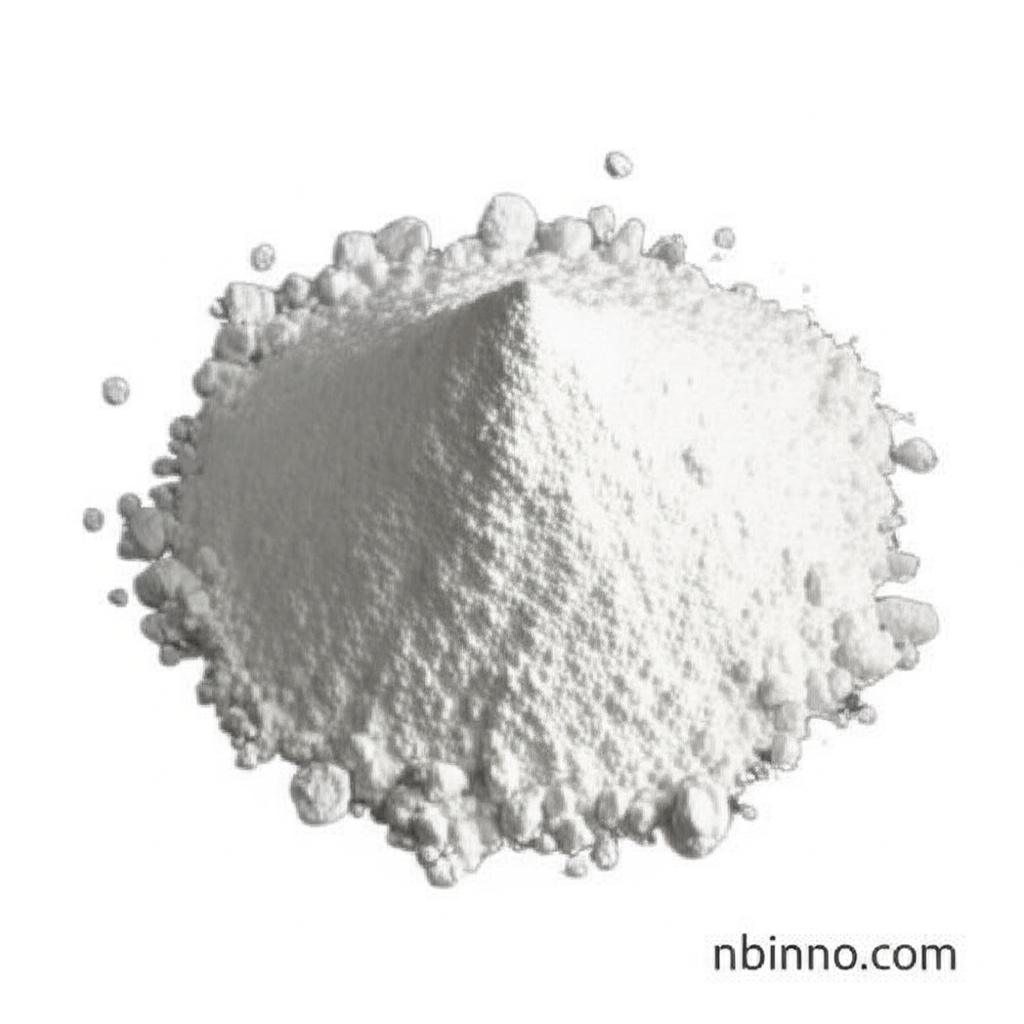Understanding Aluminum Silicate: Properties, Applications, and Industrial Significance
Discover the multifaceted world of aluminum silicate, a key compound in numerous industries.
Get a Quote & SampleProduct Core Value

Aluminum Silicate
Aluminum Silicate is a highly versatile compound, crucial in many industrial sectors due to its unique chemical and physical properties. Its composition, derived from aluminum oxide and silicon dioxide, allows it to exist in various natural and synthetic forms, including minerals like andalusite, kyanite, and sillimanite, as well as hydrated clays like kaolin. This material's refractory nature, meaning it retains strength at high temperatures, makes it invaluable in high-temperature applications. Its broad utility spans from being a key component in ceramics and paints to its use in cosmetics and the food industry as an anti-caking agent and clarifying agent.
- Explore the essential uses of aluminum silicate in diverse industrial settings, from advanced ceramics to everyday consumer products.
- Delve into the specific properties of aluminum silicate, understanding how its chemical composition and physical form contribute to its widespread applications.
- Learn about kaolin aluminum silicate, a common hydrated form, and its specific benefits and uses in various industries.
- Understand the critical aluminum silicate industrial applications, including its role as a filler, refractory material, and its importance in chemical manufacturing.
Key Advantages of Aluminum Silicate
High Temperature Stability
Aluminum silicate exhibits excellent refractory properties, maintaining its structural integrity and strength even at elevated temperatures, making it ideal for high-heat applications in industries like ceramics and metallurgy.
Versatile Functionality
As an aluminum silicate additive in food and cosmetics, it serves dual roles as an anti-caking agent and clarifying agent, enhancing product flowability, texture, and visual appeal.
Cost-Effective Filler Material
Its role as a filler in paints, plastics, and rubber leverages its cost-effectiveness, improving material properties such as viscosity and opacity, while substituting more expensive components like titanium dioxide.
Key Applications
Ceramics and Refractories
The aluminum silicate chemical formula and its stable structure make it a foundational material for producing durable ceramics, porcelain, and high-temperature refractory products.
Paints and Coatings
Utilized as a pigment and extender, aluminum silicate enhances the opacity, brightness, and coverage of paints and coatings, contributing to better finish and performance.
Cosmetics and Personal Care
In cosmetic formulations, aluminum silicate acts as an absorbent and anti-caking agent, improving the texture and shelf-life of products like powders and lotions.
Food Industry
As a food-grade additive, it prevents caking in powdered foods and clarifies beverages, ensuring product quality and ease of use, compliant with stringent regulations.
